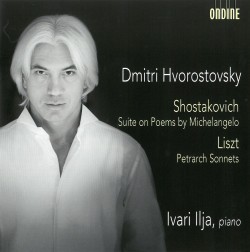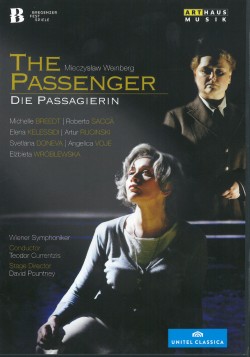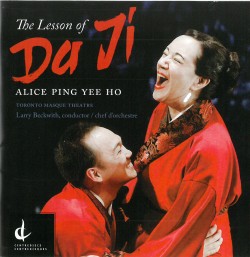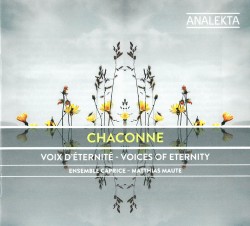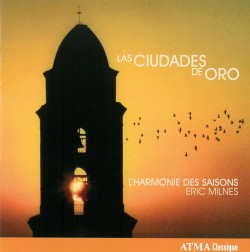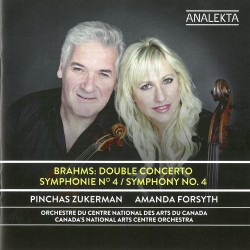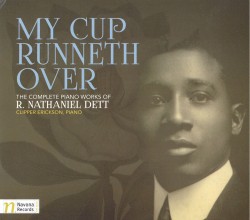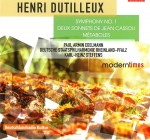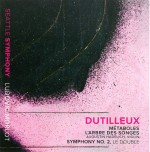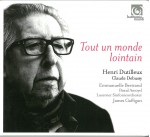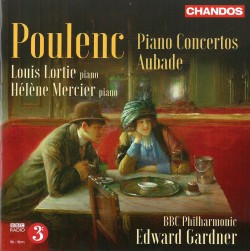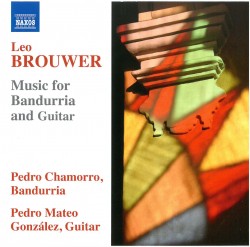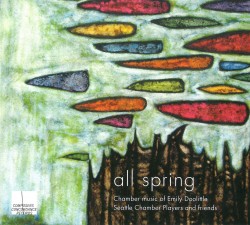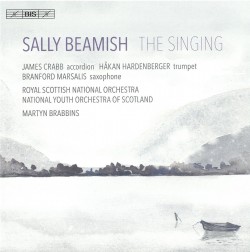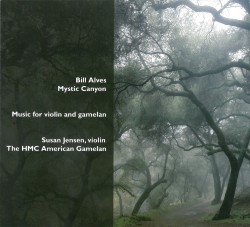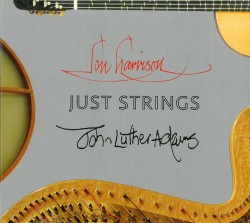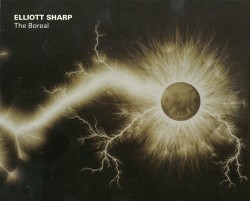Verdi: Aida - Lewis; Sartori; Rachvelishvili; Gagnidze; Salminen; Colombara; Coro e Orchestra del Teatro alla Scala; Zubin Mehta
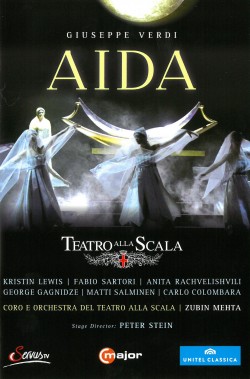 Verdi – Aida
Verdi – Aida
Lewis; Sartori; Rachvelishvili; Gagnidze; Salminen; Colombara; Coro e Orchestra del Teatro alla Scala; Zubin Mehta
C major 732208
To revive Aida in 2015 at that holy temple of Italian opera, La Scala of Milan, puts much at stake. Times are difficult economically yet expectations are high, the audience sceptical, often giving great artists a rough time, (Carlos Kleiber once was booed in the pit!), but success for a young singer in La Scala could make a career. That dream came true for young American soprano Kristin Lewis, who simply enchanted the audience in a heartbreaking, gloriously sung performance as Aida. She even burst into tears in the midst of final applause. The other young lady, the lead mezzo (Amneris), Anita Rachvelishvili (see The WholeNote November 2015 for my review of the Tsar’s Bride from Berlin), perhaps stole the show with “the authority of her performance and warm, burnished tone and sheer vocal power” (Kenneth Chalmers) and made a big impression. Fabio Satori’s Radamès was somewhat less convincing as a glorious hero and lover than in his subsequent misfortune, but he surely hit those high notes! George Gagnidze was an energetic, rather youthful Amonasro and Matti Salminen’s Ramfis, the high priest, a stately figure. But the great basso, nearly 70, was having serious difficulties with his voice. Conductor Zubin Mehta, quite dapper and almost 80, conducted without a score according to Italian tradition, with minimal movements, and gave a sensitive, solid, well-detailed reading to impressive sonic effect, his trademark.
The top credit however is for German director Peter Stein, who contrary to the usual grand-opera bombast, sees the opera more intimately, as a set of confrontations between a few individuals in unique settings, turning every stage set into a stunning work of art with glorious colours and strong geometry accentuated by backlighting and silhouettes. The designers Ferdinand Wögerbauer (sets), Nanà Cecchi (costumes) and Joachim Barth (lighting) created a thoroughly integrated, visually beautiful experience worthy of Verdi’s masterpiece.


